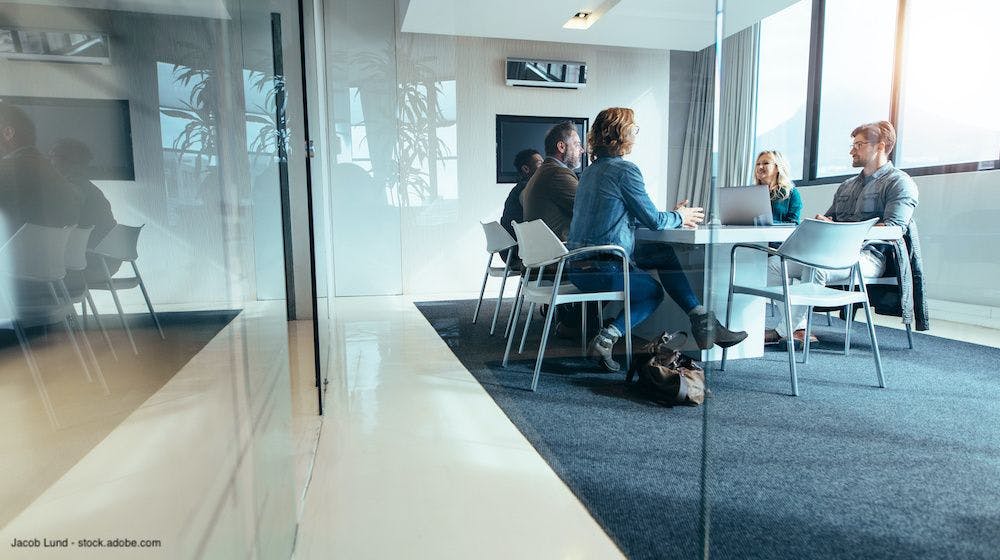Publication
Article
Urology Times Journal
Meta-analysis generates surprising insights on postureteroscopy urosepsis
Author(s):
Review of nearly 5600 patients found a 5% pooled incidence of postoperative urosepsis.
Findings from a systematic review and meta-analysis of urosepsis after ureteroscopy (URS) for stone management show that this serious complication occurs at an unexpectedly high rate and is associated with some surprising risk factors, according to investigators.
The research, which is the first systematic review with meta-analysis to specifically investigate risk factors for and incidence of urosepsis after URS, analyzed data from 13 studies that included 5597 patients.1 It found a 5% pooled incidence of postoperative urosepsis and determined that preoperative stent placement, positive preoperative urine culture, older age, diabetes, longer procedure time, and ischemic heart disease were each associated with a statistically significant increased risk.
“Ureteroscopy has become the leading approach for treating stone disease because of its efficacy and the perception that it is a very safe procedure and associated with minimal morbidity. Therefore, the 5% rate of urosepsis was surprising to us and to other urologists as well, judging from posted tweets,” lead author Naeem Bhojani, MD, told Urology Times®.
Bhojani and senior author Ben H. Chew, MD, MSc, pointed out that although their study identified associations between certain variables and urosepsis risk, it does not establish causal relationships. For that reason and in the absence of evidence about the efficacy of preventive strategies targeting these factors, it is not possible to make any recommendations for risk management.
“Nevertheless, we believe our findings can be useful for urologists in preoperative risk stratification and for guiding the intensity of postoperative surveillance,” said Chew, an associate professor in the Department of Urologic Sciences at the University of British Columbia in Vancouver, Canada.
The 13 studies used for the meta-analysis included 5 prospective trials. Across the 13 studies, the rate of urosepsis ranged from 0.2% to 17.8%. The use of different criteria for urosepsis diagnosis and different durations of postoperative symptom surveillance (1 to 30 days) may, in part, account for the wide variability in rate, said Bhojani, a principal scientist, urologist, and associate professor at the University of Montreal in Canada.
Although surprisingly high, the 5% rate of urosepsis appears to be true. In a follow-up investigation, the investigators turned to the IBM MarketScan Commercial Database that contained information from over 110,000 URS procedures performed in the United States. In that large cohort of cases with prospectively collected data, they found a nearly identical 30-day postoperative sepsis rate of 4.91%.
Pre-op stent placement, older age were among risk factors
In the meta-analysis, preoperative stent placement, positive preoperative urine culture, and older age were the strongest risk factors for postoperative urosepsis. The effects of having a stent or a positive urine culture are easy to understand because patients with these findings are likely colonized with bacteria or have bacteriuria, Bhojani said.
The association with ischemic heart disease, however, was particularly surprising and hard to rationalize. Explanations for the associations between urosepsis and older age, diabetes, and longer procedure time are also unclear, although Bhojani postulated that increasing procedure time could favor translocation of bacteria into the bloodstream because it would be accompanied by an increasing level of intrarenal pressure.
“There are some observational data suggesting that exposure to a longer duration of increased intrarenal pressure can lead to infection being transmitted into the bloodstream, and we are currently studying that relationship further,” Bhojani said.
Chew noted that large prospective studies would be needed to determine effective ways for reducing urosepsis risk.
“Based on our study, we cannot say that patients with the risk factors we identified should be given more powerful antibiotics as prophylaxis or kept in the hospital longer so that they can be watched more closely for postoperative sepsis,” he said. “However, we think that urologists should remain aware that patients with 1 or more of the risk factors warrant more intensive monitoring because they may be at significant risk for urosepsis after URS.”
Reference
1. Bhojani N, Miller LE, Bhattacharyya S, Cutone B, Chew BH. Risk factors for urosepsis after ureteroscopy for stone disease: a systematic review with meta-analysis. J Endourol. Published online March 15, 2021. doi:10.1089/end.2020.1133






























